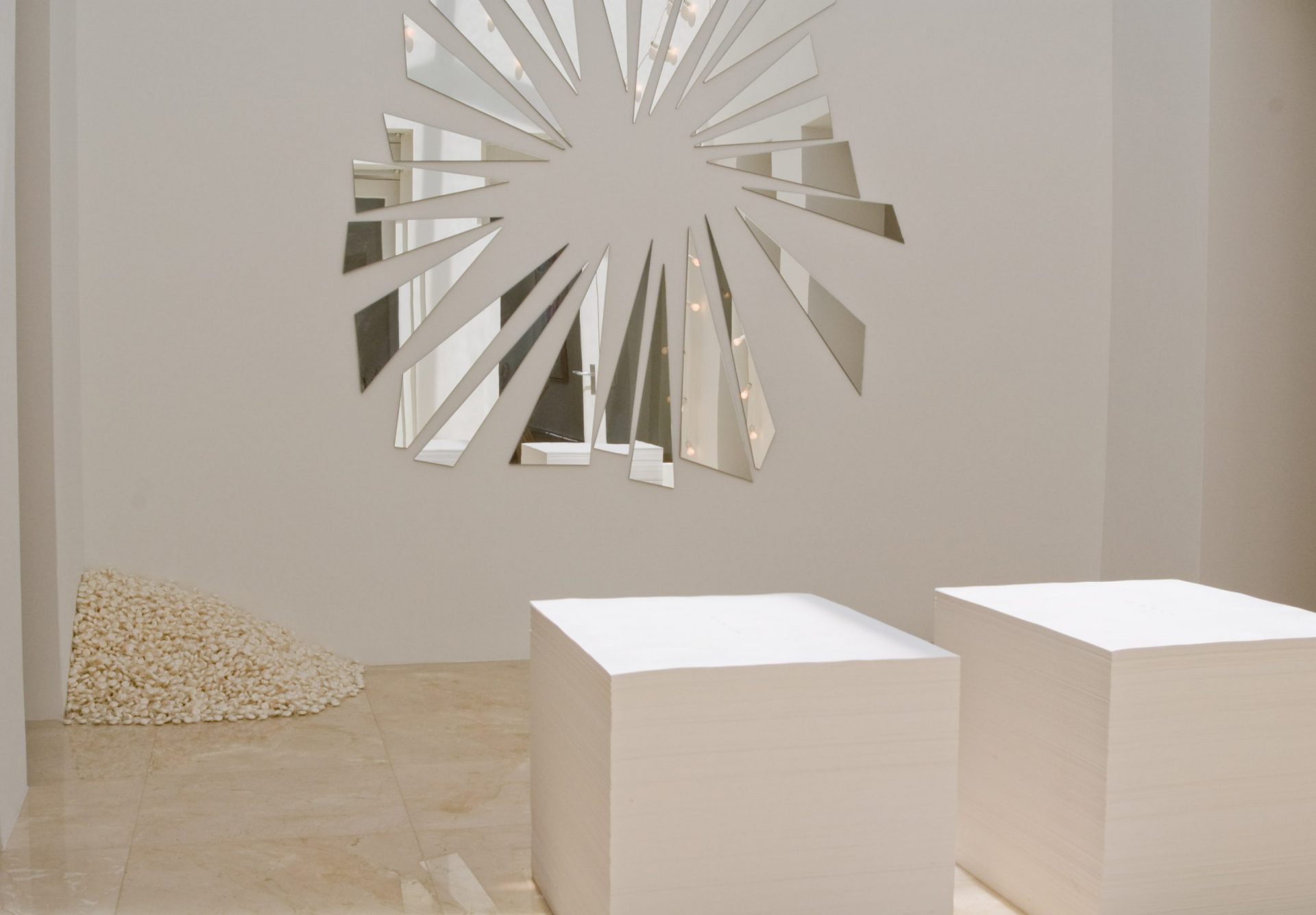With the recent panel discussion regarding artists of the African diaspora and their underrepresentation, this exhibition scheduled to open next year at the Tate (UK) would be a great exhibition for Miami. I wonder if any of the local museums would try to get it. It actually sounds like the exhibition might be fairly large, since it covers a large cross section of time. Still, I hope a nice catalog is available.
Afro-Modernism: Journeys through the Black Atlantic
29 January – 25 April 2010
This major exhibition, inspired by Paul Gilroy’s seminal book The Black Atlantic: Modernity and Double Consciousness (1993), identifies a hybrid culture that spans the Atlantic, connecting Africa, North and South America, The Caribbean and Europe. The exhibition is the first to trace in depth the impact of Black Atlantic culture on Modernism and will reveal how black artists and intellectuals have played a central role in the formation of Modernism from the early twentieth century to today.
From the influences of African art on the Modernist forms of artists like Picasso, to the work of contemporary artists such as Kara Walker, Ellen Gallagher and Chris Ofili, the exhibition will map out visual and cultural hybridity in modern and contemporary art that has arisen from the journeys made by people of Black African descent.
Divided into seven chronological chapters, from early twentieth century avant-garde movements such as the Harlem Renaissance to current debates around ‘Post-Black’ art, this exhibition opens up an alternative transatlantic reading of Modernism and its impact on contemporary culture for a new generation.
Supported by Liverpool City Council, with additional support from Tate Liverpool Members
Tate Liverpool has initiated a city-wide programme of parallel exhibitions and events that explore the themes and ideas of Afro-Modernism: Journeys through the Black Atlantic. Partners include the Bluecoat, FACT (Foundation for Art Creative Technology), Metal, Walker Art Gallery and Liverpool University.
Supported by Liverpool City Council
